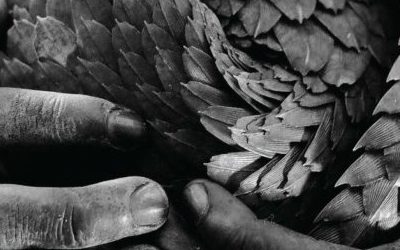Complex interactions between commercial and noncommercial drivers of illegal trade for a threatened felid
New paper out, on 19.3.2021 by Arias et al., in Animal Conservation discusses the drivers of the Illegal Wildlife Trade in jaguars in Bolivia based on interviews with local communities.
Illegal trade and human‐wildlife conflict are two key drivers of biodiversity loss and are recognized as leading threats to large carnivores. Although human‐wildlife conflict involving jaguars (Panthera onca) has received significant attention in the past, less is known about traditional use or commercial trade in jaguar body parts, including their potential links with retaliatory killing. Understanding the drivers of jaguar killing, trade and consumption is necessary to develop appropriate jaguar conservation strategies, particularly as demand for jaguar products appears to be rising due to Chinese demand. We interviewed 1107 rural households in north‐western Bolivia, an area with an active history of human–jaguar conflict, which has also been at the epicentre of recent jaguar trade cases. We collected information on participants’ experiences with jaguars, their jaguar killing, trading and consuming behaviours and potential drivers of these behaviours. We found that the relationships between local people and jaguars are complex and are driven largely by traditional practices, opportunism, human–jaguar conflict and market incentives from foreign and domestic demand, in the absence of law awareness and enforcement. Addressing jaguar trade and building human–jaguar coexistence will require a multifaceted approach that considers the multiple drivers of jaguar killing, trade and consumption, from foreign and local demand to human–jaguar conflict.
Watch the video here (in English)




